Technique and Assessment
 The client, fully clothed, lies face down on a couch. The practitioner activates the biofeedback mechanism of the body by moving the feet in a very specific way – in BSR this is known as the monitor.
The client, fully clothed, lies face down on a couch. The practitioner activates the biofeedback mechanism of the body by moving the feet in a very specific way – in BSR this is known as the monitor.
The practitioner carries out a series of body stress tests, pressing lightly on various points in specific directions. If there is body stress present this stimulus will trigger a tiny withdrawal reflex from the nervous system, indicating a site of stress.
Once a site of stress has been located the practitioner performs the releases. This is done with a thumb or finger with a slight pressure or impulse, in the specific direction indicated by the monitor. This has an effect of initiating an organised sequence of messages to the brain, alerting it to the stored tension. The brain can then send commands to the structures concerned to release it. As the process is so precise, it does not require a forceful stimulus to relay this message of a stressed area to the brain. The pressure the practitioner uses is very light.
As BSR is a process, initially three appointments are made for a new client. Then, depending on the body’s responses to the releases, the client is advised regarding follow-up appointments. During a consultation the practitioner takes the case history details, making notes on past accidents, fractures and operations, as well as establishing what the client is experiencing at present.
Most people consult a BSR practitioner when seeking pain relief, especially for lower-back, leg, shoulder and neck pain and headaches. These symptoms are all noted, as they provide insights as to where the tension may be stored in the body. After attending to the client the practitioner explains the relevance of the sites of body stress, using charts to link possible cause and effect, e.g. a person with numb hands can see on the nerve chart the conections from the painful lower neck to the hands.
Body Stress Release does not involve the diagnosis or treatment of any condition, thus it does not in any way replace medical care.







 Français
Français Nederlands
Nederlands